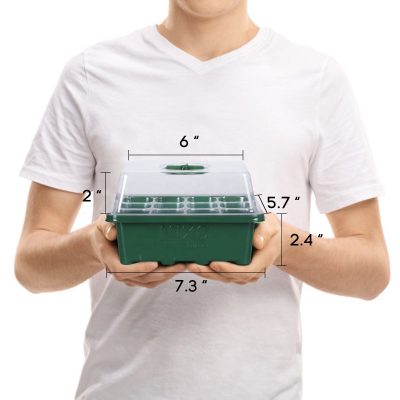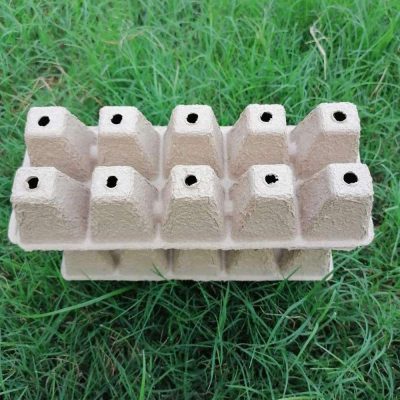There are sellers of famous flowers with fake products in the fairs, which are roughly divided into the following categories:
1. It is sold in Milan under the guise of Jiulixiang or small leaved boxwood. Milan and Jiuli are both single pinnate compound leaves, but the total petiole of Milan has arrow leaves, and the leaflets are opposite; There is no arrow leaf and the leaflets are alternate. Euonymus microphylla, opposite leaflets, not compound leaves.
2. Use camellia oleifera or tea seedlings to sell. Tea leaves have thin and thick serrations, camellia has small serrations, and some varieties have no serrations. Camellia is a multi line cutting propagation seedling without taproot; Camellia oleifera is a kind of seed propagation seedling with taproot. Camellia leaves are oval to oval, the leaf base is wide cuneate to round, the leaf tip is short, blunt and gradually pointed, the leaf surface arches upward, and the leaf edge often has a downward reverse curve, only the main vein bulges. Tea leaves are thin, long oval or oval oval, with sharp or blunt leaf ends, obvious lateral veins, small dots on the leaves, which can be felt by touching.
3. Use wolfberry to sell kumquats. The leaves of kumquat are smaller than those of other citrus fruits. They are evergreen, with the color of the leaf surface darker than the color of the back of the leaf. There are nodes at the junction of the leaf and the petiole. The petiole has arrow leaves, which are about the same size as the petiole. Most of them are grafted seedlings, with grafting traces. The leaves of lycium barbarum are small, with three compound leaves. It leaves leaves in winter. It is a seeding seedling, without grafting traces, and has taproot.
4. Use Ophiopogon japonicus to sell orchids. The root of orchid is plump and fleshy, cylindrical white, and the edge of the leaf is fine serrated. It feels rough when you touch it with your hand. The leaf vein is obvious, and the central main vein is raised. The fibrous root tip or middle part of Ophiopogon japonicus has expanded into spindle shaped fleshy root tubers. The main veins of the leaves do not bulge, or even cannot be seen, and the veins on the back of the leaves turn white.
5. Weigh narcissus balls with garlic for sale. The bulb of Lycoris radiata is wide oval, covered with purple red film. The sellers in the market mostly dig from wild Lycoris radiata, and the bulbs are generally thin. Narcissus bulb is a layered bulb, ovoid to broadly ovoid, covered with purple brown film, which is an artificially cultivated bulb.
6. Five needle pine is sold under the guise of black pine. Five needle pine leaves have five needles and one bunch. The leaves are about 3cm long. The leaves are blue-green with white stripes on the back. Most of them are grafted seedlings with grafting marks. The leaves of black pine have 2 needles and 1 bunch. The length of the leaves is 6~12cm. The leaves are black and green. They are sowing seedlings without grafting marks. The fake five needle pine in the market was cut short from the black pine needles, with cutting marks. Some used small lead wires to bind and bend the stems and branches into an ancient shape, with fake soil balls attached to the roots.
7. Use privet seedlings to sell as osmanthus seedlings. Osmanthus fragrans leaves are thick, often with sparse teeth; Axillary buds are multiple; In April, there are clusters of axillary inflorescences with strong fragrance when the flowers open. Ligustrum lucidum leaves are brittle, entire; Axillary buds solitary; It blooms in June, with terminal panicles and pungent odor.
8. The seedlings of Clivia grandiflora are sold under the guise of red seedlings. Both have similar leaf shapes, but red crested leaves are narrow and long, and Clivia leaves are wide and short. The red base of cinnabar crown is a bulbous root, while the base of Clivia is not a bulbous root, but a plump and thick white root.







